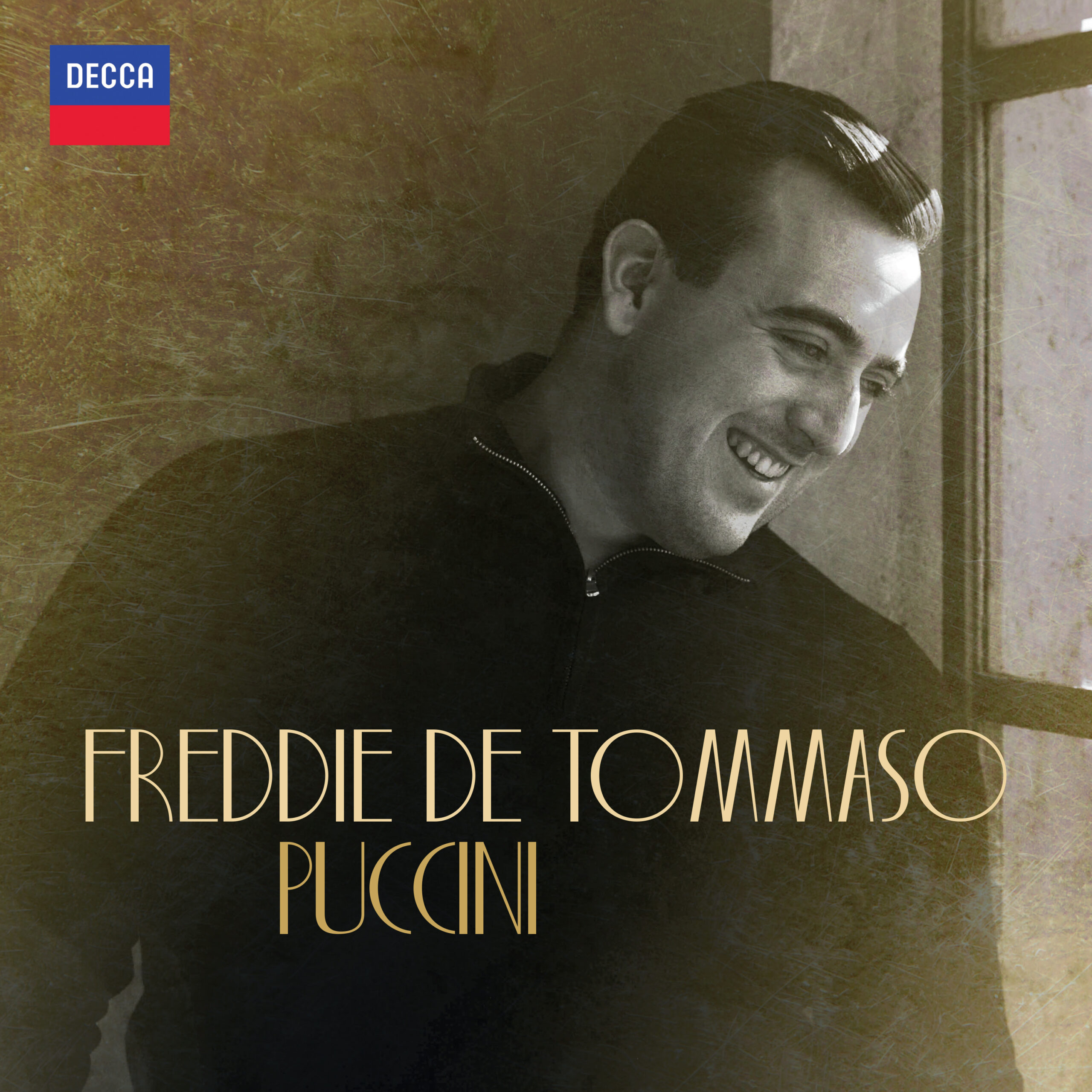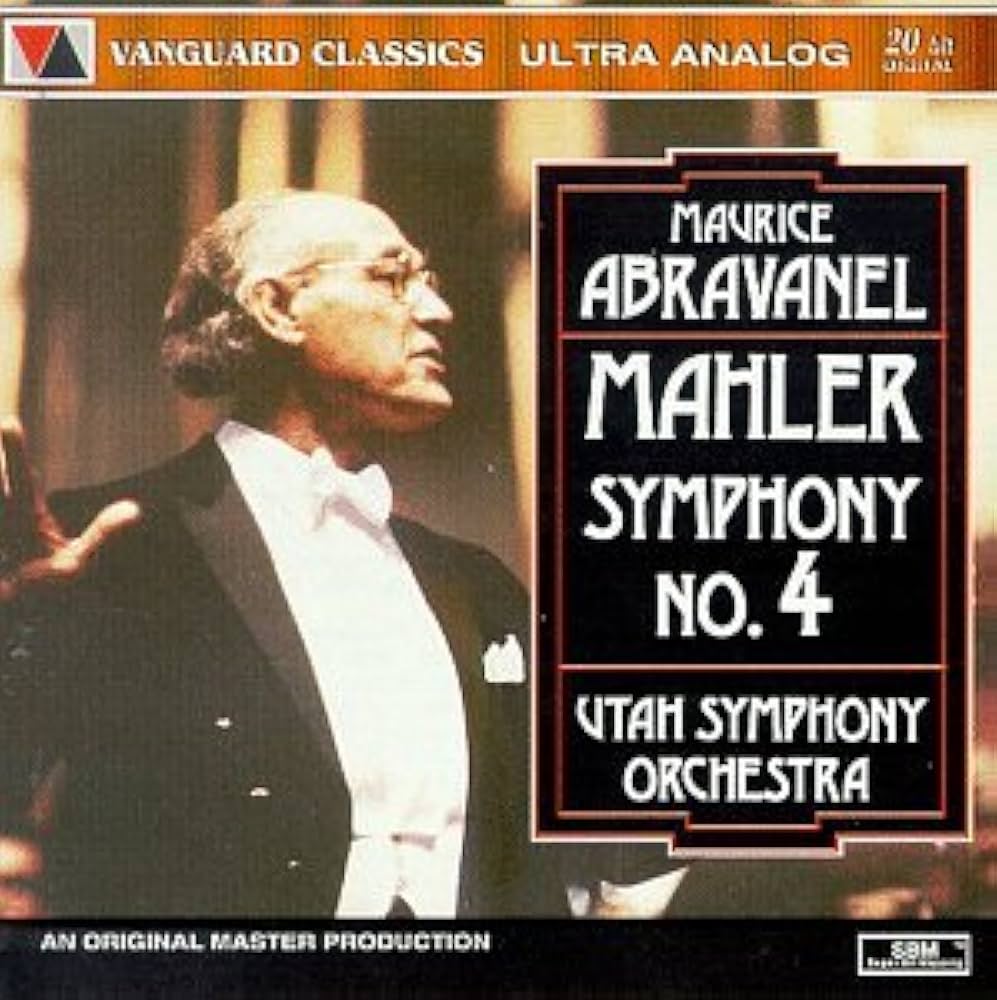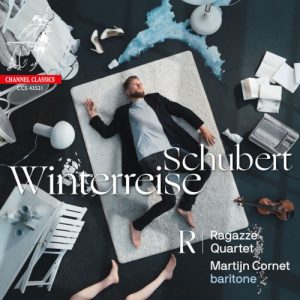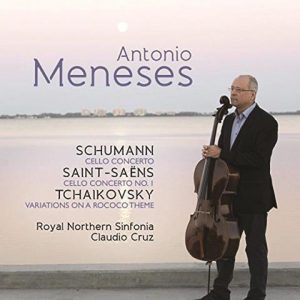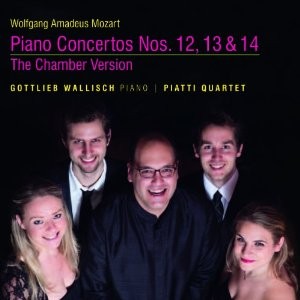Glazunov, Symphony No. 6 in C minor, Op. 58; La mer, Op. 28; Introduction and Dance from Salome, Op. 90. Royal Scottish National Orchestra/José Serebrier. Warner Classics 2564-69627-0. TT: 66.48
Downloads: amazon.com (mp3); prestomusic.com (320 kbps mp3, FLAC); qobuz.com ("16-Bit CD quality," 44.1 kHz). Streaming: app.idagio.com; spotify.com
Coming to the classics, as I did, by way of those other nineteenth-century Russians, Tchaikovsky and Rimsky-Korsakov, I always felt I should have liked the music of Alexander Glazunov (1865-1936). Yet, despite an appealing, accessible style and sparkling woodwind writing, he's mostly eluded me, as well as a lot of other listeners. Thanks to Jascha Heifetz's advocacy, the Violin Concerto clings to the fringes of the repertory; the short ballet The Seasons is infectious. (Decades ago, the delightful "Waltz of the Cornflowers and Poppies," from the Autumn section, was a daily signature theme on WQXR radio.) But the full-length Raymonda ballet seemed heavy and neutral—not just because of Yevgeny Svetlanov's conducting—and the composer's various symphonies, for all their handsome scoring, lacked immediate melodic appeal.
A Yevgeny Mravinsky concert performance of the Fifth Symphony, released here in 1993 (Russian Disc RD CD 11 165), eventually filled in some of the gaps; the legendary Russian and his Leningrad Philharmonic, as it was then, delivered the piece with a previously unsuspected intensity and coherence without slighting its orchestral variety. Since the Uruguayan maestro José Serebrier has previously brought second-tier works to vibrant life—notably in two splendid discs of tone-poems by George Whitefield Chadwick (Reference Recordings)—he, too, seemed a likely candidate to assist in Glazunov's rehabilitation.
The first movement opens with brooding, metrically ambiguous basses, followed shortly by melodramatic, rhythmically off-kilter brass chords. The chord pattern makes more sense as the theme of the main Allegro, set off by a second theme that flows despite its squarish rhythm. The development offers a fair amount of churning, noisy rhetoric, but the woodwinds are delicate and charming in the second-theme recap. Serebrier shapes everything with a sure sense of purpose.
The middle two movements suggest that Glazunov was more comfortable working on a less grand scale. He slightly fumbles the second movement, a theme and variations, which reaches a "closing cadence" just a few minutes in; but the ensuing variations include a tripping scherzando and an authentically Russian-sounding brass chorale. (There's also an unexpected Schubertian harmonic shift, about five minutes in.) In the simple, charming Intermezzo, the woodwinds' liquid soli sound particularly adept. As for the Finale, the booklet mutters something about "sonata and double variation form," but the movement essentially comprises three diverse, completely unrelated themes capped by a fugato! It's a jumble, but a pleasing one, paced by a boisterously cheerful first theme.
You won't mistake La mer for Debussy's version, but it's a reasonable depiction. The inevitable turbulent passages—it is "the sea"—are relatively conventional and Lisztian, though a series of buoyant triplet brass soli is better than anything similar in Liszt. But the lyrical passages, cast in the composer's uniquely light textures, are strikingly beautiful. There's enough of a through-line, or Serebrier finds enough of one, to bind it all together, and Glazunov provides a twist ending: what sounds like a final peaceful woodwind cadence is followed by a brief resurgence of the ominous opening percussion rolls—the storm is never far away—followed by the true, pizzicato conclusion.
The two movements from the Salome incidental music also come off well. The Introduction, once past its portentous introductory gestures, could be a smaller-scaled tone poem itself, weaving its way propulsively through its varied textures. Some of the Dance's melodic contours echo Strauss's rendering; much of the rest recalls Scheherazade, not inappropriately.
The playing is excellent, as is the vivid reproduction, save for a couple of edgy peaks.
The verdict, then, is neither up nor down, but a so-called Scotch verdict: "not proven." The symphony comes off far better than in the old Fedoseyev performance, on a Columbia LP licensing way back when. Serebrier is persuasive, but he hasn't quite persuaded me. Still, I can recommend this for the shorter works.
Besides the downloads from the usual suspects, I was surprised to find the album available on not one but two streaming services. (Pandora doesn't have it—though it offers other equally out-of-the-way Glazunov—and I didn't check Primephonic, which is busy being subsumed into iTunes.) IDAGIO specializes in classical music; its free version, like Spotify's, offers mp3s with commercial breaks (IDAGIO's own, in this case), but a paid subscription allows uninterrupted play of better-quality files.
stevedisque.wordpress.com/blog





